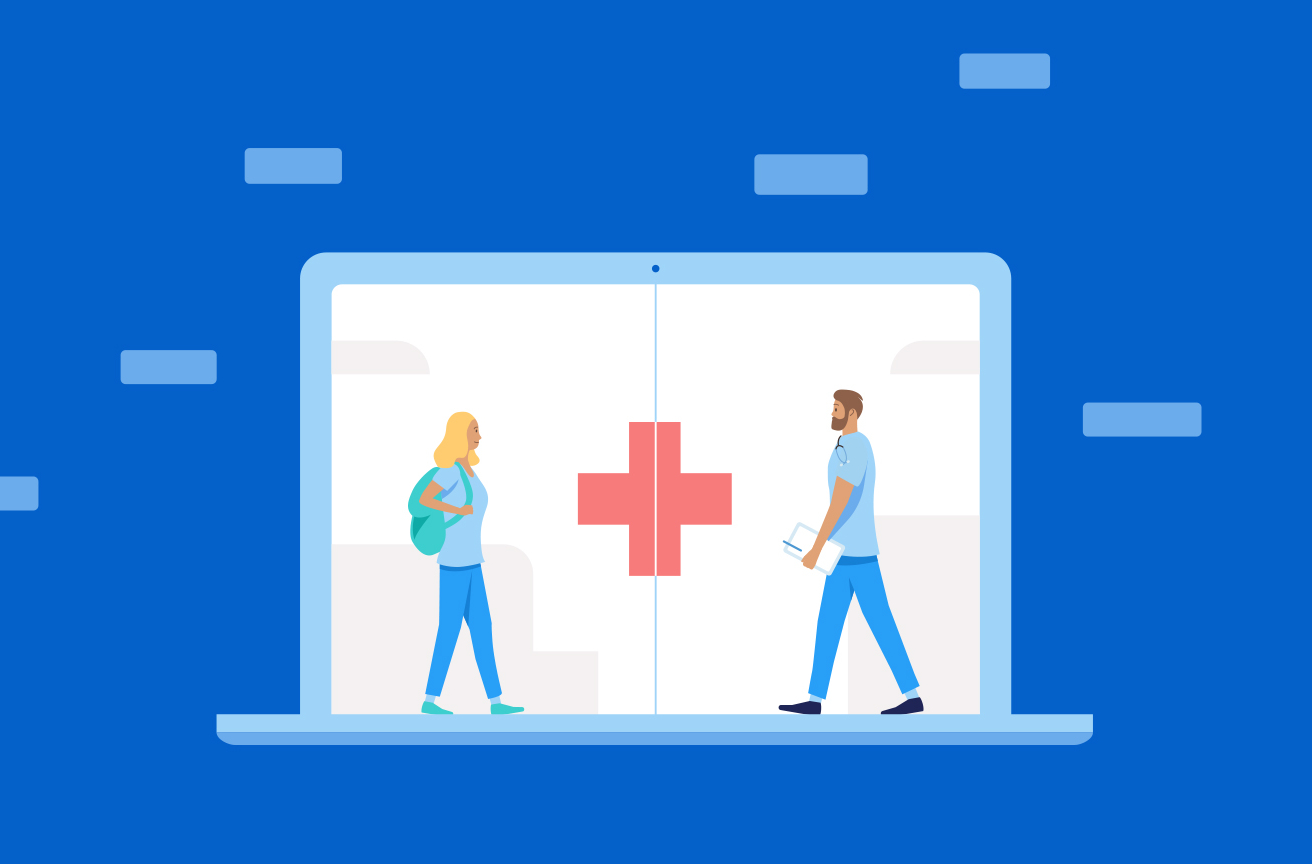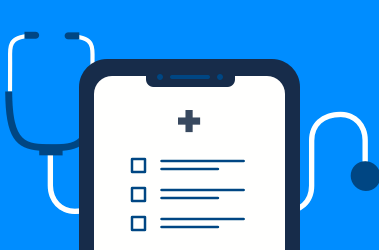What is Electronic Visit Verification (EVV) and What’s the Right Approach?
What is Electronic Visit Verification (EVV)?
The 21st Century CURES Act requires every state to implement an Electronic Visit Verification (EVV) system for home healthcare providers by January 1, 2019. Each state can choose their own EVV design and implement their own quality control measures, but every EVV system must verify:
- The type of healthcare service performed
- The person receiving the service
- The person providing the service
- The date of the service
- The location where the service was provided
- The time the service begins and ends
The new EVV requirement is designed to reduce fraud, waste, and abuse of the Medicaid system. States that do not comply with the EVV requirement will see a decrease in federal Medicaid funding every year until compliance.
When done correctly, the EVV system is a valuable tool that ensures patients receive the services to which they are entitled. But if the EVV system is conceptualized or implemented poorly, it opens the door to privacy and adoption issues. Read on to learn more about different EVV systems in practice and what home health providers can learn from them.
Open vs. Closed EVV Models
The 21st Century CURES Act leaves it open for states to design their own EVV system. These systems typically fall into one of two categories:
- Closed model: The state chooses and implements a single EVV system that providers are required to use. Generally, there is no cost to providers to implement and use the state-run system.
- Open model: Home healthcare providers are free to choose their own EVV solution, as long as the tool is certified to meet certain requirements. Providers are typically required to fund the implementation of their own EVV system. The information is pulled into a higher level state database that collects data from multiple vendors.
Medicaid research shows that most states have opted for the closed model, where all providers must use the same state-sponsored system—whether or not they have a successful EVV system already in place.
Some industry leaders say there are reasons to be concerned about the closed-model approach, including:
- Providers’ reluctance to switch to a new EVV system
- Patients’ reluctance to use new tools, devices, etc. to fulfill this requirement
- The need for large healthcare providers that serve multiple states to use multiple EVV systems
Early adopters, including Ohio, are starting to feel the growing pains of these closed models, including privacy concerns from patients.
Best Practices for EVV Systems for Home Healthcare
Many states are waiting on further guidance from the Centers for Medicare and Medicaid Services before making a final decision about the EVV model. In the meantime, there are a few best practices to keep in mind when it comes to electronic visit verification.
The Regulatory Burden Should Be on Providers, Not Patients
More than half of patients report forgetting to take medication, and patients with memory problems struggle to keep track of appointment details and specific treatment instructions. In addition, older patients may not be as familiar with smartphones or other devices required by a state EVV system. Imposing an extra burden on these patients with an EVV requirement, not to mention a specialty device, sets the system up for failure.
The onus to fulfill regulatory requirements should be on providers, not on the patients themselves. With a strong EVV system that integrates with other business functions like scheduling and workforce management, providers can adapt to these requirements much easier than patients. In fact, fulfilling the requirement can be as easy as the caregiver checking a box on a smartphone app when they arrive and leave.
States Should Adopt an Open Model for EVV
In a closed model, state program administrators are responsible for a lot. States must:
- Evaluate vendors and select one EVV system.
- Gather and distribute specialty equipment, either to providers or patients themselves.
- Organize and facilitate training for state providers and/or patients.
- Gather, store, secure, and analyze all data produced by the system.
While this type of system makes data collection easier for administrators at the state level, it puts providers at a disadvantage. Home healthcare providers are required to use these devices instead any prior EVV system they had in place, which could create duplicative work and data systems depending on how they are already tracking appointments and care. Depending on the system chosen by the state agency, providers may have to hack together cumbersome integrations with their existing technology that was not designed to connect to the EVV.
There’s no need to start from scratch with specialty equipment when providers have the ability to fulfill EVV requirements on their own with HIPAA-compliant software and devices they already possess. 81% of mobile phones in the U.S. are smartphones, and many companies already have (or are working on) bring-your-own-device policies for employees. Smartphones have GPS built-in and most members of the mobile workforce are already using one every day—so why not use it to its fullest extent?
The EVV models that see the most success and create the least disruption to an already heavily regulated industry will be the ones that complement how providers already work—not the ones that make you start from scratch.
Don’t Treat Your EVV System as a Separate Beast
One danger of implementing an EVV system is ending up with a “Frankenstein” assortment of tools. Providers that have disparate systems for scheduling, HR management, patient management, payroll, or other business functions will have a hard time adding an EVV system on top of it all.
For best results, find an EVV solution that:
- Captures notes, updates, and other necessary patient data from the field.
- Transmits real-time GPS locations to meet state requirements.
- Easily documents when caregivers start and finish service.
- Offers other tools to help your business grow and scale.
At the end of the day, EVV tools should be one component of overall workforce management software—not a unique system in and of itself. For help finding the right tool, download our checklist of must-haves for healthcare scheduling tools.





